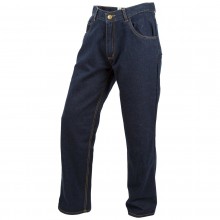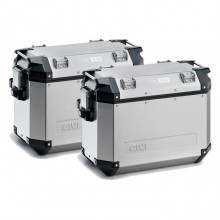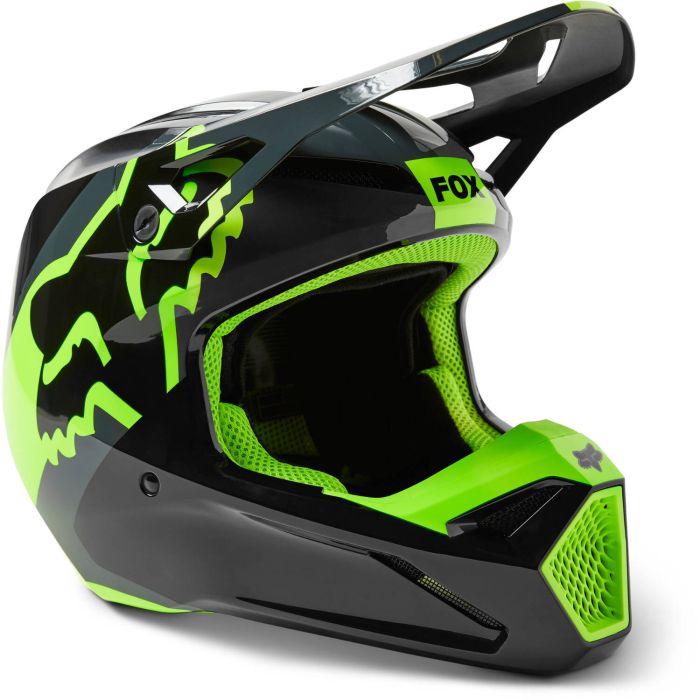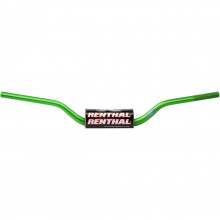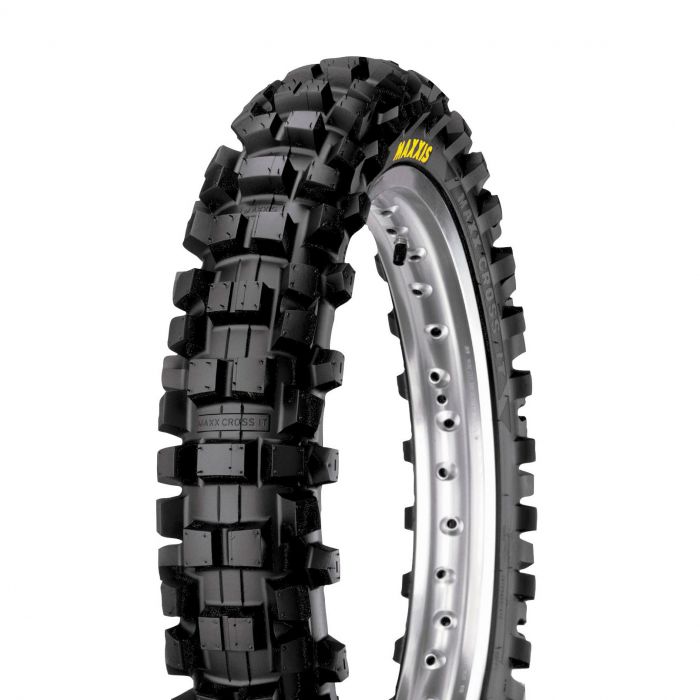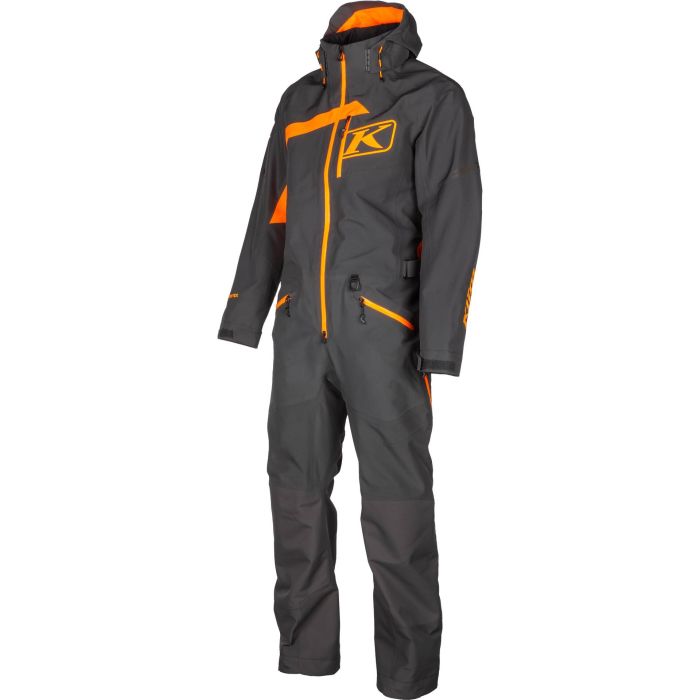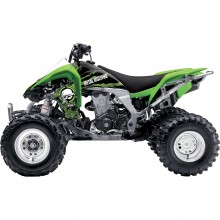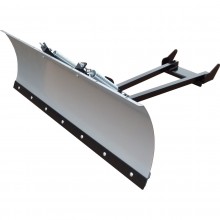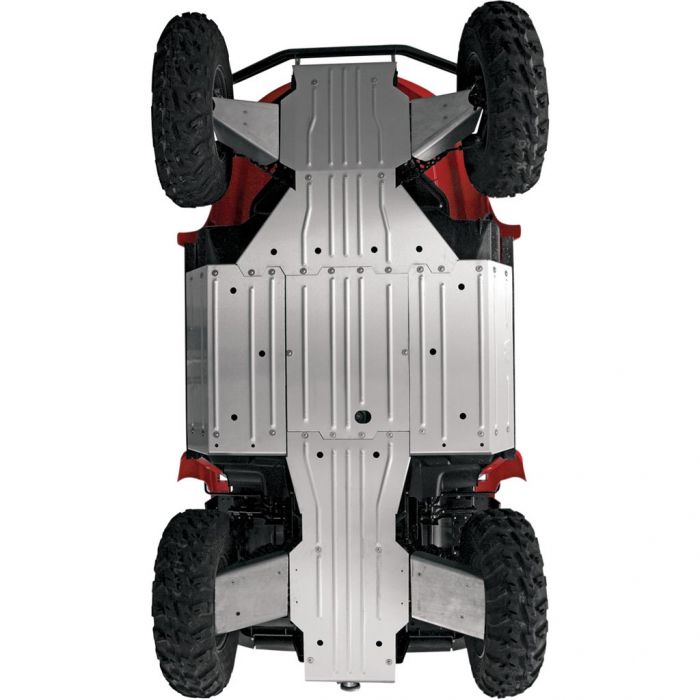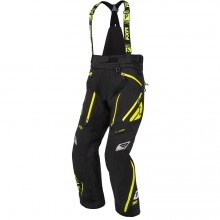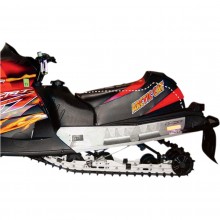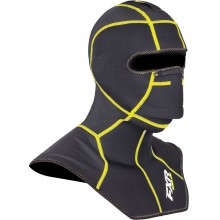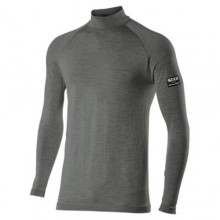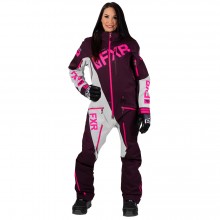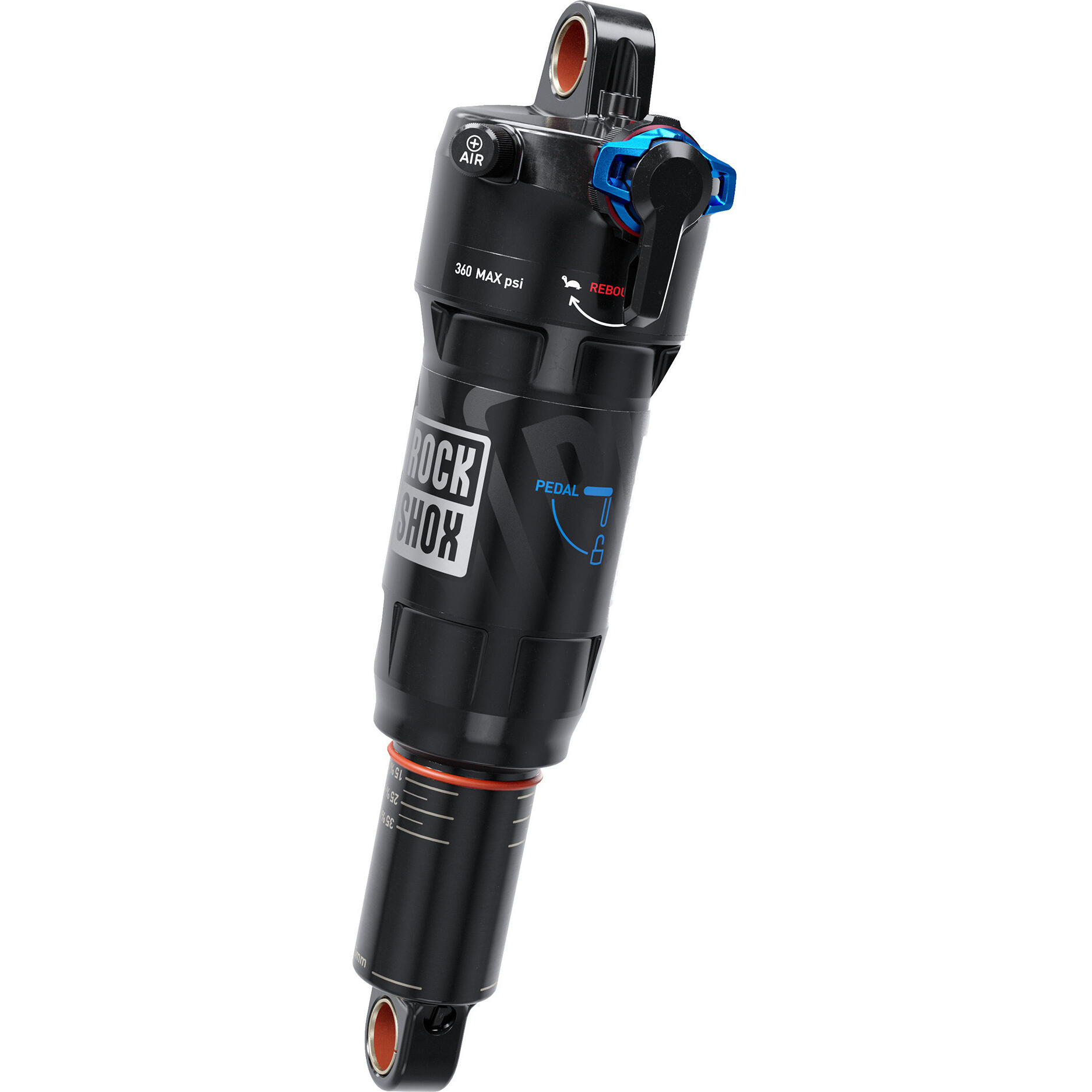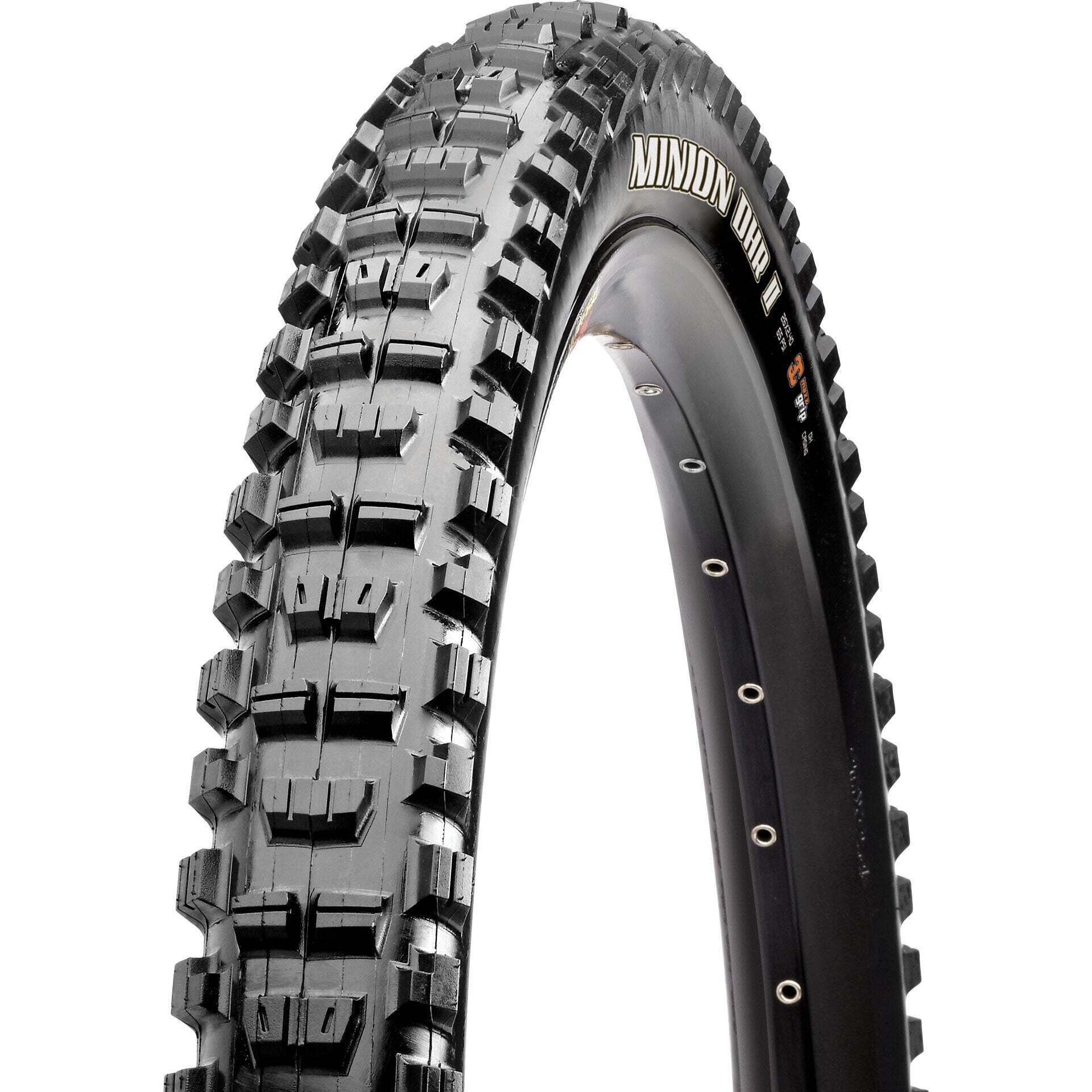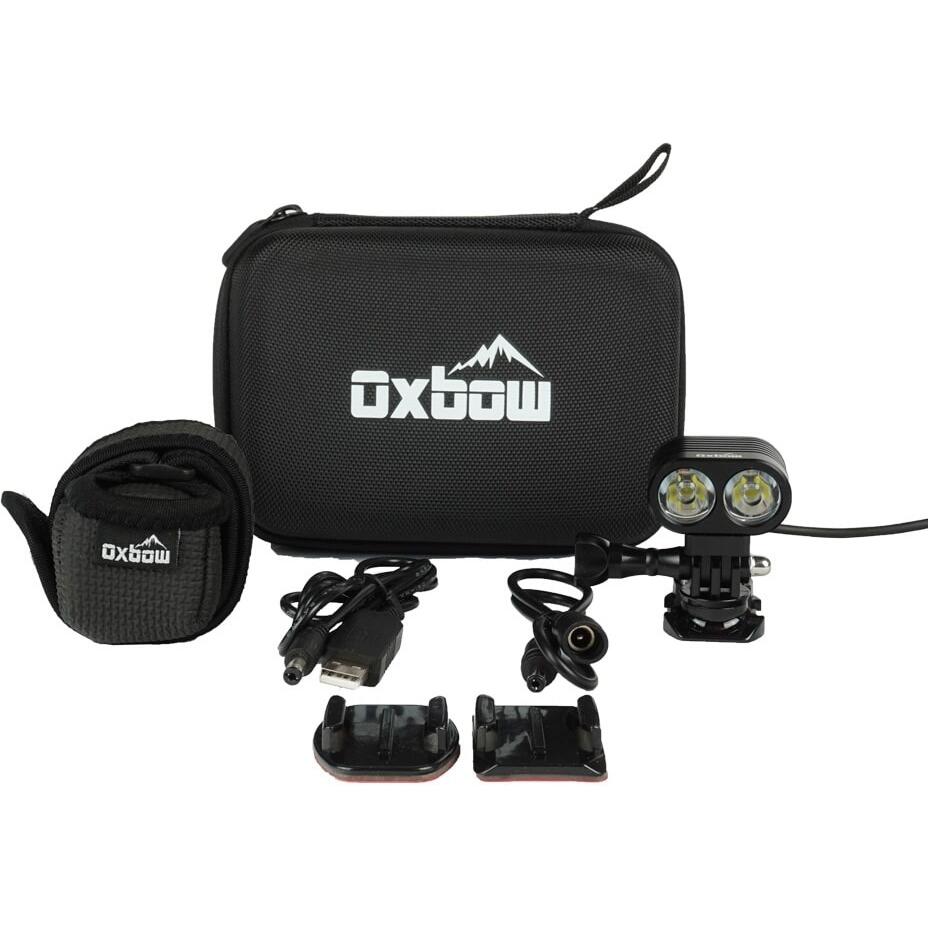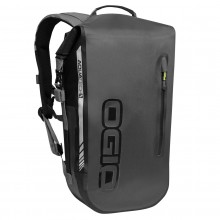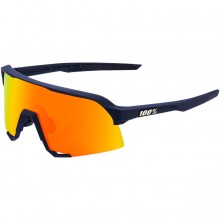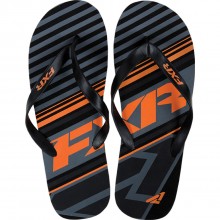Best Adventure and Dual-Sport Tires of 2017
- Michelin Anakee 3
- Shinko 705
- Continental TKC70
- Motoz Tractionator GPS
- Shinko E805
- Kenda K270
- Shinko 244
Michelin Anakee 3
What surface do you ride on, and how often do you do it? That’s the question we need to ask because ADV tires are classified by the ratio of on-road to off-road use.
Let’s start with an 80/20 tire – 80% tarmac terminator, 20% trail trotter. This is the Michelin Anakee 3 and I chose it because it’s super fast.
The tread design looks strange because it’s very rare. Typically you’ll only find tires like this in the supermoto world and that’s our biggest clue as to what it’s good at.
Cramped corners, low lean angles, whiplash acceleration and braking. I told you this was a fast tire.
If you ride your 600-1200cc adventure bike like a big supermoto, the Anakee 3 is the only tire you should buy. Amazing feedback, confidence-inspiring grip, quick but linear turn-in… this tire can hang with the sport-tourers no problem. My only complaint is that it’s a single rubber compound so it feels a bit plasticky at the limit.
Bring your rubber out of the stone age, Michelin, and you’ll turn this A tire into an A+.
So the Anakee 3 is fast, but for touring it’s a bit mediocre.
The silica compound means low rolling resistance and roughly 17,000 clicks of longevity. Silica also makes a polar surface, which likes to push through water and bite the pavement instead, which is obviously beneficial for rainy rides.
BUT, the Anakee 3 is loud as shit above 100km/h so I wouldn’t take one across Canada.
It’s also pretty mediocre for off-roading. These grooves hook up fine on dry fire roads and they churn sand okay. But on wet dirt they cake up instantly. Michelin cut some inner notches to improve mud evacuation, which was a cute effort but the Anakee 3 is still hopeless on damp dirt.
Also the puncture strength is pretty weak, so you won’t want to take this on sharp terrain.
But for a peg-grinding tire that also lets you do some light off-roading, there’s nothing better than the Anakee 3.
Shinko 705 and Continental TKC70
Now moving towards the dirt, there aren’t many 70/30 tires to choose from. I think the Shinko 705 and Continental TKC70 match that ratio, but of the two save your money and get the Shinko.
For one it’s almost 100 dollars cheaper, plus it handles better in the dirt. Wet mud is a challenge, but it still evacuates better than the TKC70 with its solid centre band.
The 705 is also reasonably long lasting. I’d expect 12,000kms on a bike like my V-Strom, which is less than the TKC70 but not enough to justify going up a price bracket.
I also think the Shinko handles itself respectably on pavement. Not as loud as you might expect and the profile is surprisingly aggressive. Just be careful at the very limit because cornering grip is predictable but not plentiful.
A lot of people get tempted towards the TKC70 because it comes in more radial sizes, which is rare for a 70/30 tire. It’s also a dual compound construction, so the cornering edges are grippier than the Shinko. And it’s smoother and longer lasting on the straightaways with this solid centre belt.
BUT the TKC70 has a nasty secret. The front tire wobbles on some motorcycles, which is downright dangerous, so don’t buy it.
Motoz Tractionator GPS
The next tire is a 50/50 and ratios aside, it is the best piece of rubber in this video.
Meet the Motoz Tractionator GPS.
What’s cool about the Tractionator is that it’s reversible. Wear it this way for 50% on-road, 50% off-road use, and if you flip it around you get a “mostly off-road” tire.
Motoz is being pretty vague in their wording so I won’t be. “Mostly off-road” amounts to a tire that is bumpy and loud on the pavement, but pulls like a train in the soft stuff. Off-road cornering and lateral grip aren’t affected much, but in this rotation the tire churns in a straight line.
And that’s useful, because most tires with a slick centre belt – like the Heidenau K60 Scout – have a hard time generating upright traction on wet surfaces. The Motoz doesn’t have that problem in “mostly off-road” mode, but it does struggle like the K60 in the regular 50/50 rotation.
Also similar to my beloved K60s is the wear behaviour. This tire feels and lasts like it’s made of iron. Early reports actually put it ahead of Heidenau for mileage, meaning numbers are creeping above 20,000 kilometers and that’s ridiculous for such a competent off-roader.
The Tractionator GPS lasts so long because of the tread depth – which is probably the deepest I’ve seen on an adventure tire. Also this smooth centre belt spreads the weight across the largest possible surface area. Obviously that gives a civilized ride on the highway, but it helps for longevity too.
Two warnings. The Tractionator takes a really long time to warm up, so don’t push it until the plasticky feeling goes away. Also, it has slightly less grip at the limit compared to the K60 Scout, so if you’re coming off Heidenaus be careful of that.
Otherwise, this is a better 50/50 tire in every respect. More durable, versatile and grippy on the trails, longer lasting on the pavement… you can’t beat it.
Shinko E805
Now, what if I’m not concerned with mileage? I want to haul ass on the pavement, haul ass on the trails, and I don’t care if I have to replace my tires 8000 kilometres later.
Well, there are two sticky, fast-wearing 40/60 options. There’s the classic O G, Continental’s TKC 80, and then there’s this Korean ripoff, Shinko’s E805.
Notice that I’ve already chosen the Shinko – why?
Well it usually costs about 50 dollars less, and that means a lot when we’re talking about short-lived tires.
Also the Shinko organizes its tread blocks into a paddle formation, which makes it quieter and smoother on the pavement. It’ll also last slightly longer than the TKC80 for that reason. And when it comes to cornering grip it’s a wash – both tires carve equally well on pavement because they both employ a soft rubber compound.
That’s why these 40/60 tires actually handle better on-road than the 50/50 Tractionator we just saw. It’s the terrible longevity on pavement that earns them a 60% off-road classification.
Speaking of which, I put the Shinko ahead of the TKC80 off-road as well. The paddle formation hooks up better in the soft stuff, pulling harder through mud and climbing higher on sand dunes.
I will say, however, that the horizontal tread creates a lack of lateral grip on the rear, so this Shinko likes to slide sideways on dirt while the TKC80 runs more true.
But I value mileage and the ability to get out of a muddy hole more than I hate fishtailing. So I choose this Shinko over the TKC80 and keep my 50 dollars, thank you very much.
Continental, put down ze bier und bratwurst and get to work, because Shinko has you beat.
Kenda K270 and the Shinko 244
I’m going to close this video with options for lighter dual-sport bikes – typically 650ccs and under.
For a 50/50 split, I’d choose between the Kenda K270 and the Shinko 244. Upon visual inspection, there’s not much between them.
Obviously, somebody has copied someone else’s design. But let’s not point fingers and just decide which tire is the right choice.
Both run blamelessly on- and off-road. Yes they’re a little loud and bumpy on the pavement. Yes they’re both sloppy in the mud. But that just comes with the territory for a 50/50 tire.
Both boots offer insane mileage for the money – KLR guys report around 10,000 kilometres for either tire.
Cost-wise, Kendas are always aggressively priced. But Shinko can play the cheap game all day long, so both tires are equally affordable.
Alas, the main difference lies in the edge knobs. The Kenda’s are softer – thanks to these cut-out supports – and they have more edges thanks to the secondary tread grooves. That means the K270 is more progressive to corner in the dirt, so when you throw it into a berm you’ll get good feedback on the limit of grip.
The Shinko 244, on the other hand, has stiffer knobs with fewer secondary ridges. That means it’s more reliable on a paved curve, and less likely to fold under and lowside.
So the choice is simple. Choose the Shinko if you like to push it on pavement, and the Kenda if you ride more aggressively off-road.
But if I ride really aggressively off-road, and I have a light dual-sport bike, I should get an 80% off-road, 20% on-road tire like the Dunlop D606 or the Pirelli MT21.
I’ve reviewed these two tires before, so here’s the sparknotes version.
D606 lasts longer, corners better on pavement and is less likely to get punctured. The MT21, on the other hand, is stickier on the pavement in a straight line, it corners better than the D606 in the dirt, and it’s easier to change by hand.
Only tie breaker is that the D606 front has a bad reputation for chasing ruts and wandering on wet roads. Personally, I run the MT21 Front and D606 rear and love it, but if you don’t like mating tires just get a pair of Pirellis.
And that’s it for my favourite ADV and Dual-Sport tires – thanks for watching.





